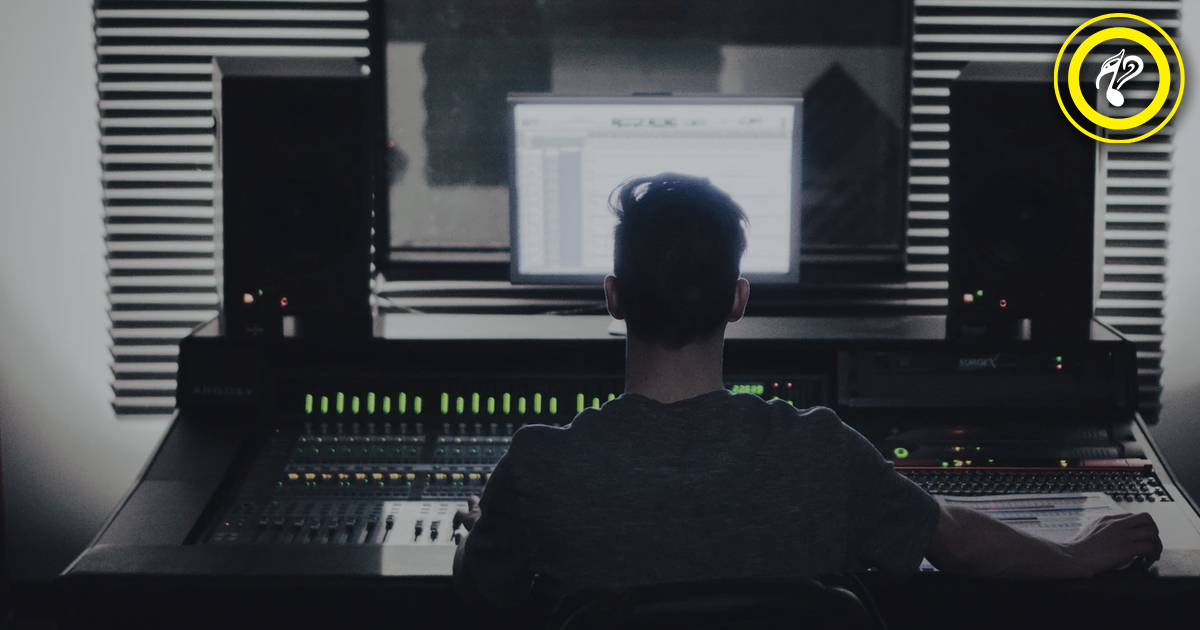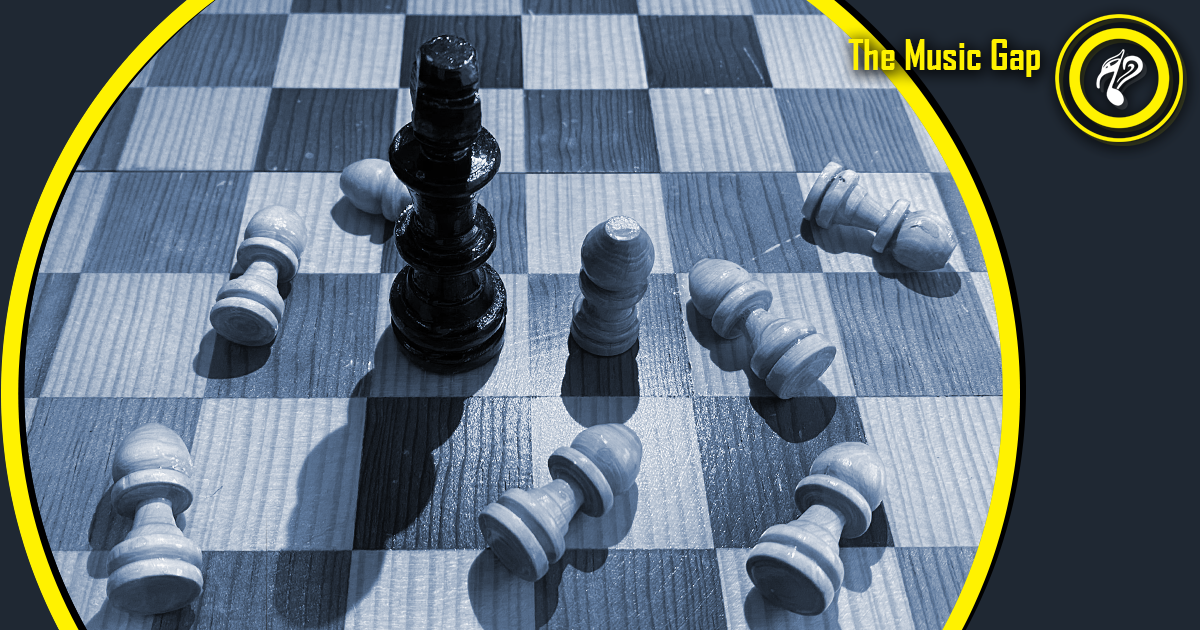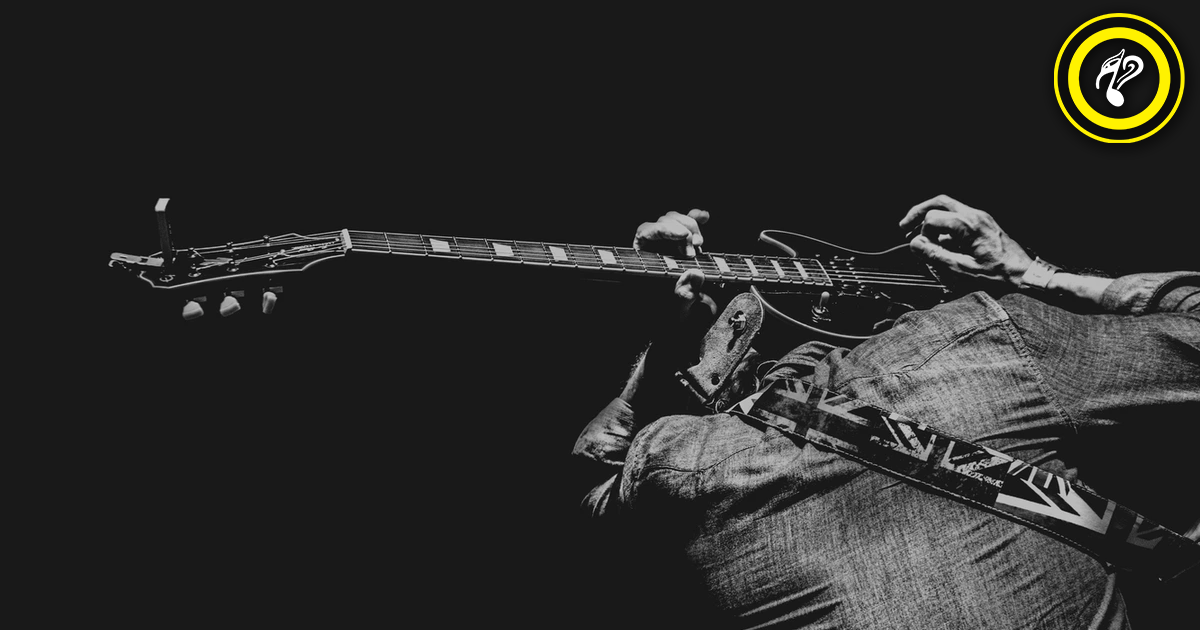Equipment for electric guitar players
How do they get their sound?

In past articles, we’ve talked about hardware for musicians. Now we will focus on equipment for guitarists.
We musicians tend to romanticize our favorite artists, any Led Zeppelin or Van Halen video will catch our attention not only for the music but also for how cool they look on stage and the size of their audiences. As your career as a musician progresses, you realize the live stages are the tip of the iceberg. There’s a whole world of technical aspects required before any world tour.
One of the most important parts for an artist is to develop its identity. This isn’t simply a concept; David Gilmour, Yngwie Malmsteen and Jimi Hendrix’s sounds are different from each other. Some of this is thanks to their technique, musical baggage, and obviously, their equipment.
There are 3 basic elements in the equipment of any guitarist:
1.-Electric guitar: You can’t have a guitarist without a guitar. This is the first step in the process of designing a recognizable sound. The tone of each instrument is unique and will depend on the wood it’s made of, the quality of its electronic components, its weight, and its pickups or the magnetic microphones used to capture the sound of electric guitars. It’s surprising hearing that something as simple as changing the guitar can greatly modify the signal. Being a simple guide, I’ll list the most famous guitars and the genre they’re most used for:
- Fender Stratocaster: Classic Rock, blues, funk. Worn by Erick Clapton and Jimmy Hendrix.
- Gibson Les Paul: Very good for hard rock, metal and blues. It’s Slash and Jimmy Page’s favorite guitar.
- Jackson: Mainly used in metal, and one of the most popular models is the Randy Roads signature.
- Ibanez: Excellent for metal, jazz fusion. It’s Steve Vai and John Petrucci's preferred brand before switching over to Music Man.
Guitarists usually have more than one guitar to tackle the challenges different types of recordings or concerts require. ¡To know more about the history of electric guitars read our past article!
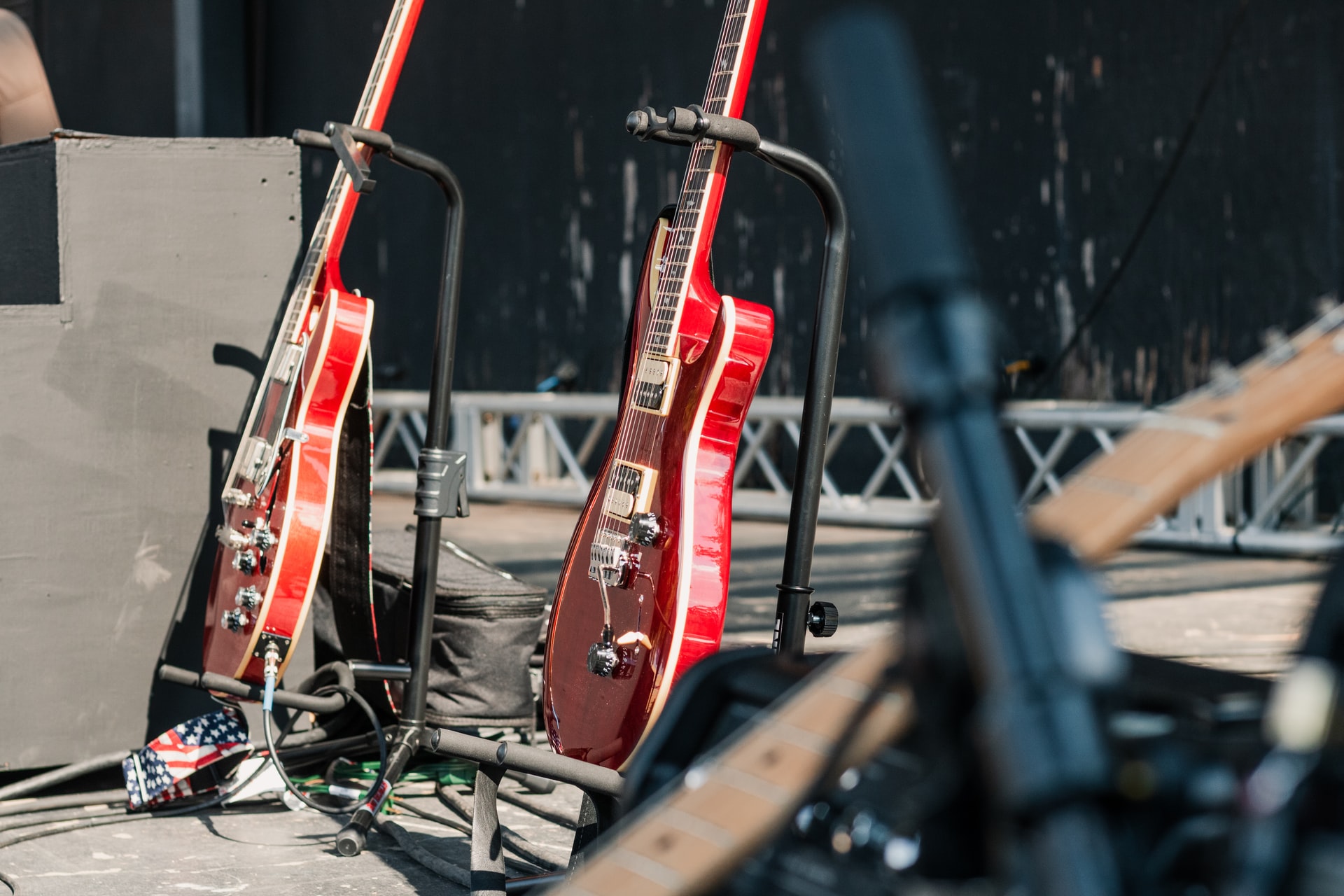
A very interesting video made by Guitarbank compares different famous guitars:
It is also fascinating to see how many guitar tracks the band Garbage used in their song "Only Happy When It Rains". You can listen to the song's stems separately in the Music Puzzle: JigSaw video game.
2.-Amplifier: This will be responsible for capturing and amplifying the guitar’s sound. Like instruments, the tone varies enormously since each amplifier has its own personality. Its assembly, the equalization, and whether it’s digital amplification or uses bulbs (vacuum tubes that are used to amplify the sound in a more natural and analog way) gives the amp its own touch. Of course, the guitar you’re using plays an important role in all of this.
There are 2 formats:
- Separate Head & Cabinet: Useful when you need raw power. The head contains EQ controls and is normally a bulb type. The cabinet will focus on amplifying the sound.
- Combo: This combines both into one. Small, but practical.
Famous amplifiers:
- Jazz Chorus: Combo with a clean sound, it has reverb and chorus effects. Used in jazz, metal, and rock.
- Marshall JCM 800: Classic distortion amp widely used in hard rock.
- Mesa Boogie Mark IV: Head & Cab with an ideal distortion for metal on its amplifier.
3.-Pedals: Putting the clean, distorted sound that some amps offer aside, guitarists use pedals to enhance our musical color palette. Compression, EQ, delay, reverb, distortion, chorus, flanger are common effects on any pedalboard. The sound quality of each pedal will vary greatly depending on the brand, order of their arrangement and effects they produce.
Common effects:
- Compressor: This eliminates extreme audio dynamics by smoothing an audio signal peak. By compressing the signal it becomes clearer, but with a lower dynamic range.
- Distortion: There are pedals with different distortion intensities such as overdrive, consisting of a subtle excitement of the frequencies up to the fuzz, an extreme signal saturation.
- Reverb: Simulates the natural bounces that sound would have in a room or auditorium.
- Delay: This controls a sound’s looping.
- Equalization: By maximizing or minimizing certain surplus frequencies, the sound becomes tighter and blends better in the mix.
These are the 3 main elements that create a guitarist’s tone, but the truth is that current technology allows to include all elements inside a single piece of hardware:
The multi-effects footswitches and amp modelers: These days, kits like these contain an amazing catalog of amp and effect pedal emulations. The variety we get for a fraction of the price for having all its physical counterparts makes them extremely attractive.
Brands like Fractal Audio, Kemper or Neural DSP know how to take advantage of the market. It’s even common to see artists like Metallica or Steve Vai prefer carrying a pair of Ax Fx than a lot of Marshall amplifiers and many other pedals.
Purists claim you can never hope to emulate the quality and character of an amp with bulbs, but the number of artists who already use this technology tells us otherwise. Here is a video with the different models and sounds offered by the Ax Fx III by Fractal Audio:
263 Famous Guitar Riffs on Every Axe-Fx III Amp - PART I:
The most famous:
Axe Fx III of Fractal Audio: Currently used by Metallica, Steve Vai, The Edge (U2), Alex Lifeson (Rush), Devin Townshend, and many more.
Kemper Profiler: worn by Pat Metheny, James Munky (Korn), Steve Morse (Deep purple), Mark Hoppus (Blink 132).
Helix Line 6: Billy Sheehan, Tosin Abasi (Animals as Leaders), Richie Kotzen (The Winery Dogs).
Quad Cortex of Neural DSP: Plini, Tosin Abasi.
Of course, there are more factors to be considered:
- Wires: The quality and quantity of wires can alter the signal, if a chain is too long or a cable is damaged, it’ll have a negative impact on the sound.
- Regulators: The current in some places is often neglected and may cause unwanted noises. One way to control and take care of our equipment is with regulators.
You can find fairly accurate diagrams and charts of equipment used by famous guitarists on the internet.
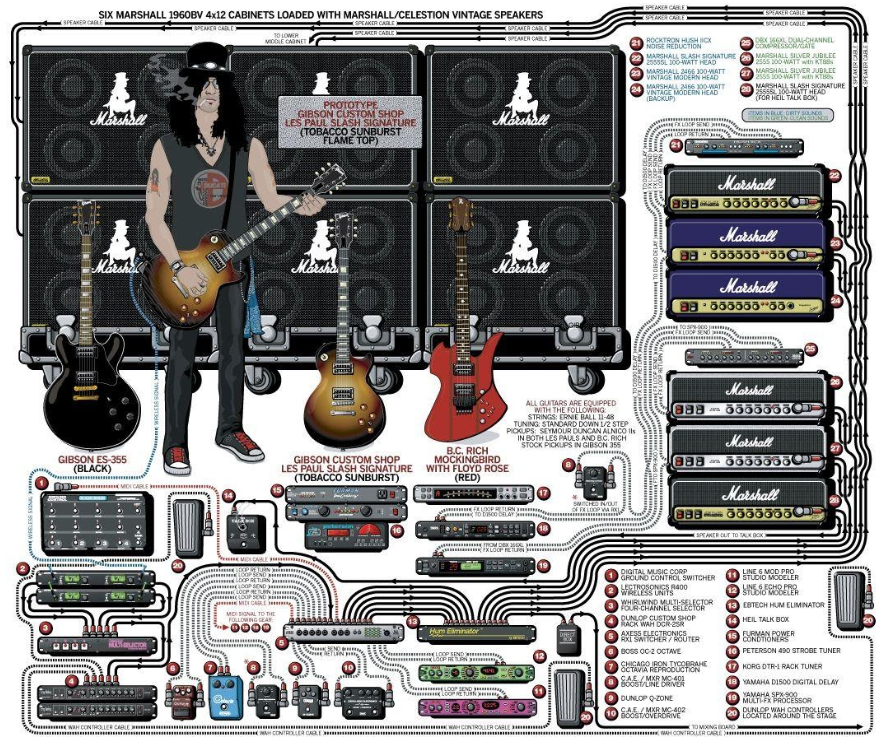
There are countless factors that help define an instrumentalist’s sound. You’ll notice that constant growth, acquiring equipment, and designing one’s tone is an everyday thing in a musician’s life.
Electric guitars aren’t the only instruments that benefit themselves from pedals, there’s been an increasing number of saxophonists and keyboardists who use this type of hardware too. Although technically any instrument can benefit from its use.
Delay effects pedal for saxophone? // VLOG #129 -
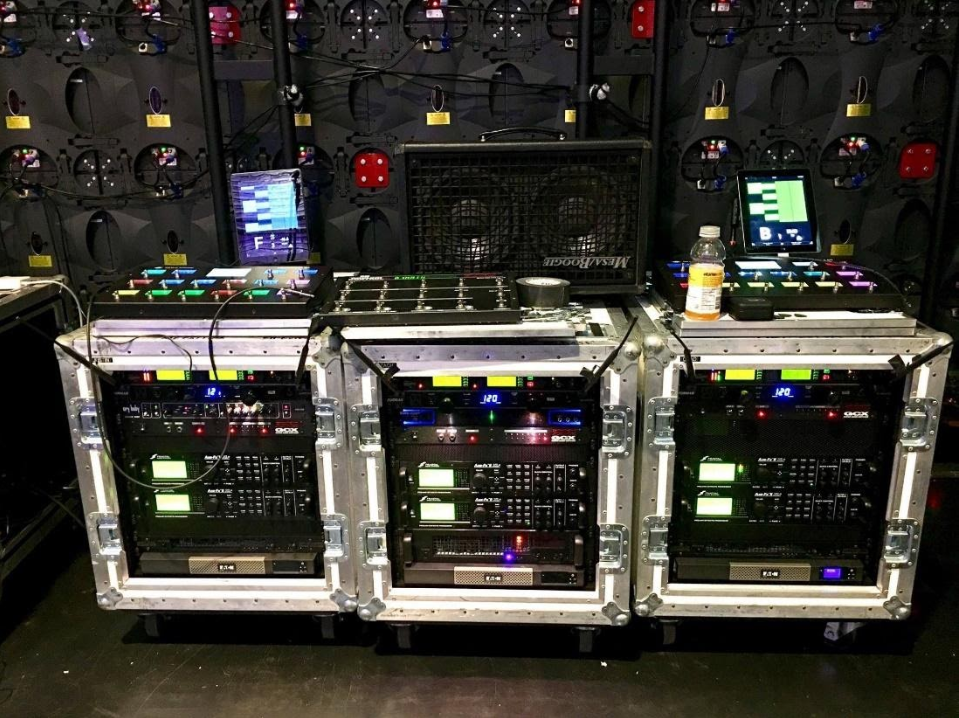
We mustn’t misunderstand this: equipment isn’t everything. There’s an interesting video of Joe Satriani playing with one of his friend’s set-up: A pedalboard that could be considered obsolete, an amateur amplifier, and a guitar he most certainly wouldn’t use during his live performances. However, the sound he produces is spectacular, it does sound like Satch (Satriani’s nickname).
Joe Satriani surfing with the alien:
What equipment do you have? What’s your favorite guitar riff?
Tell us all about it!
If you enjoyed the article, you'll love these games:





